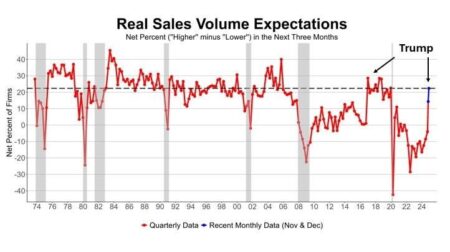Andrey Fadeev, CEO of GDEV, the Nasdaq listed European game development holding. Strong advocate of a healthy and sustainable lifestyle.
Overwhelmed with information and thoughts daily, we often lose focus and act on autopilot, neglecting what truly matters. Over time, I discovered a way to support our brain to work at full capacity. I developed the “second brain” system, which helps me sort out ideas and stay organized.
Why Does Our Brain Lose Efficiency?
While our brain is powerful, its resources are limited. We constantly diminish its efficiency as a result of:
1. Distractions: Notifications, emails or even a quick scroll through social media pull focus. Multitasking isn’t the solution; our brains can’t handle two tasks simultaneously. Constantly switching attention burns a lot of glucose, our primary fuel. As a result, we feel exhausted after only a few minutes of work.
2. Information overload: Modern life bombards us with more information than we can process. This overload can slow our cognitive functions and reduce our ability to think clearly and make decisions.
To cope with these problems, we need a system to offload, organize and process our thoughts—a second brain.
What Is A ‘Second Brain’ System?
Though it may sound like a science fiction concept, the “second brain” is a practical approach that helps you store, structure, analyze and delete unnecessary information to achieve your goals.
We all juggle random thoughts, but without the right approach, they linger in our minds and consume energy. With a second brain, you focus on what matters most.
Step 1: Write down your thoughts.
Capture everything in your head—ideas, movies you want to watch, judgments that bother you. Use a notebook, app or a gadget you prefer. The goal is to clear as much mental space as possible.
I’ve made this a routine. At the end of each day or week, I set aside 30 minutes to “brain dump.” Clearing your brain of old information makes room for new ideas.
Step 2: Review and organize the list.
Once you’ve written down your thoughts, review them. I use an approach similar to email sorting:
• Set a timer: I use the Pomodoro Technique—work intensely for 25 minutes, then take a short break.
• Discard irrelevant items: Remove ideas or tasks you no longer need.
• Organize actionable items: Group tasks into categories like “Deferred Tasks” or “Upcoming Projects.”
Put tasks worth reviewing on your calendar so you don’t forget about them. Turn the remaining items into clear, actionable tasks and schedule them in your calendar.
Make sure to check the list again later. With time, your notes become less emotional, so you can review them more objectively and rationally.
Step 3: Turn ideas into clear tasks.
Break down complex ideas into actionable, specific tasks and include a short explanation of why it matters. Add context to avoid doubts and motivate action.
A task must be as clear, specific and detailed as possible. The more abstract and shorter the description, the more likely you are to skip it.
Example of a vague task: “Sort out the financing for the new project.”
This is too general and complex. You’d probably prefer to forget about it.
Example of a clear task: “Write to the finance director to schedule a meeting about financing the new project.”
Once scheduled, this task prompts action.
Step 4: Determine viable ideas.
To stay focused, I divide my life into two blocks: professional and personal. I further organize each block into sections that reflect my priorities.
• Professional: Limited to 10 active projects to ensure I stay focused and effective.
• Personal: Categories include health, family, social life and self-development.
When deciding whether to take on a task, I check if it aligns with one of these priorities. Otherwise, I discard it. When you structure your life this way, the abstract becomes tangible and thoughts turn into a concrete plan with specific actions.
Efficient Laziness: The Key To Long-Term Productivity
The second brain system is the foundation of my life philosophy: efficient laziness. By delegating repetitive mental tasks, you free your mind for strategic thinking and creative problem-solving.
This approach goes beyond individual tasks; it’s a mindset shift to focus on high-impact work while automating the routine. Imagine how much energy you’d save by not juggling mental clutter. Instead, that energy fuels deep work, big-picture thinking and meaningful relationships.
For me, it’s the key to scaling success in both my company and personal life. With a second brain system, you’ll become more productive and feel more in control of your thoughts, energy and goals.
Forbes Business Council is the foremost growth and networking organization for business owners and leaders. Do I qualify?
Read the full article here











